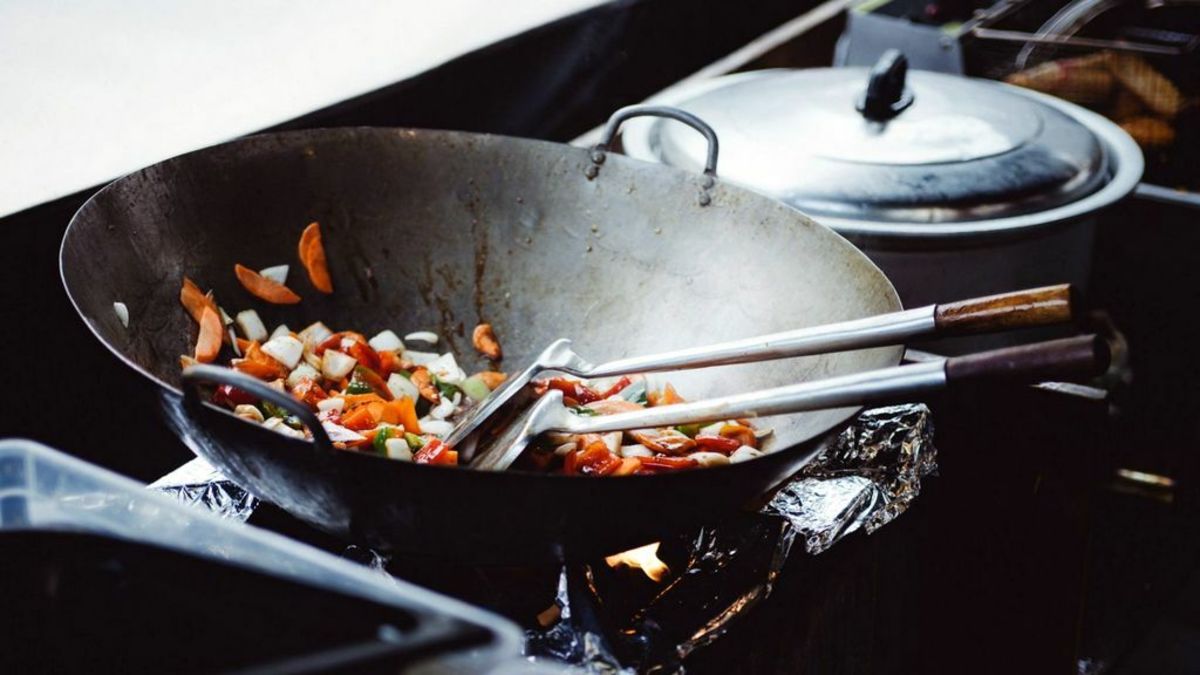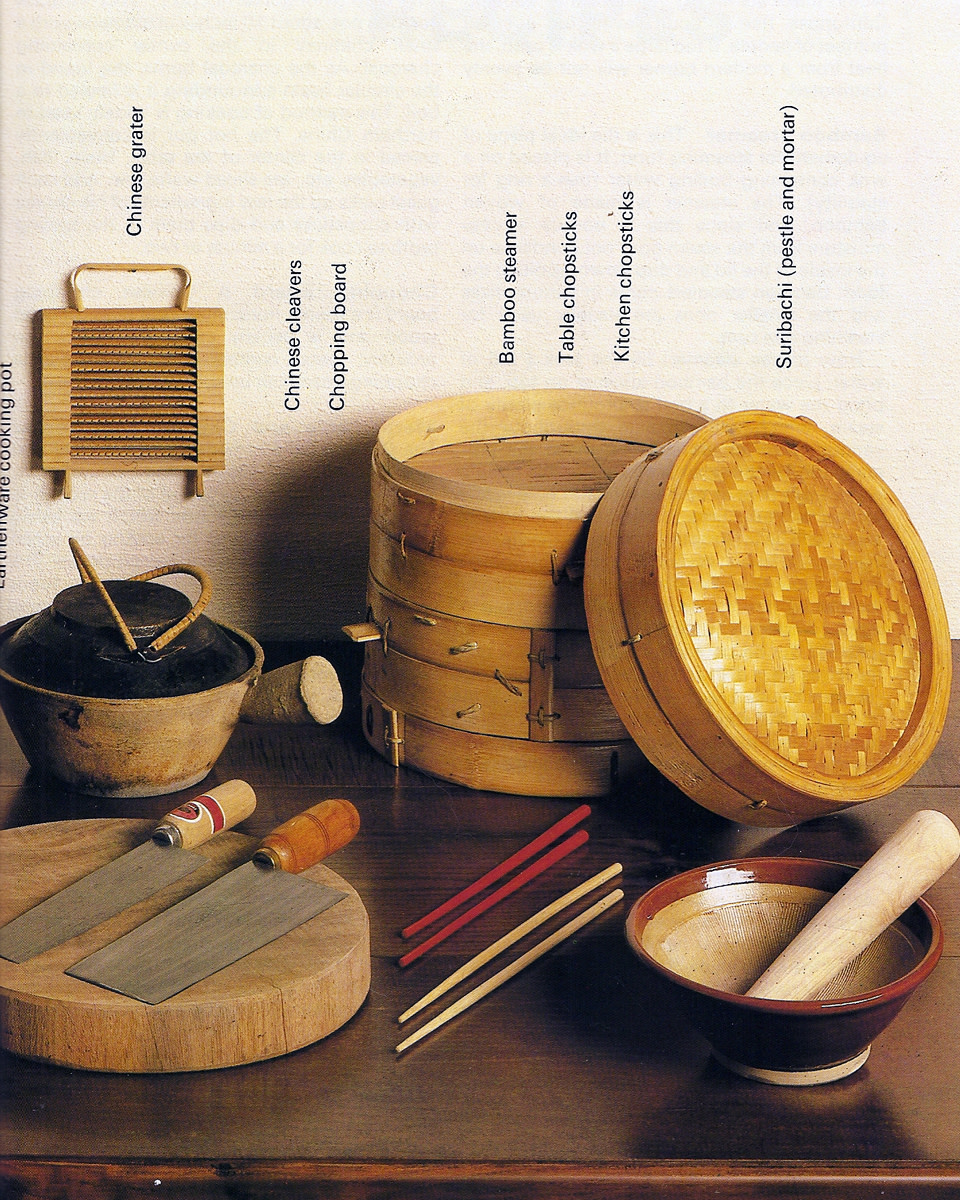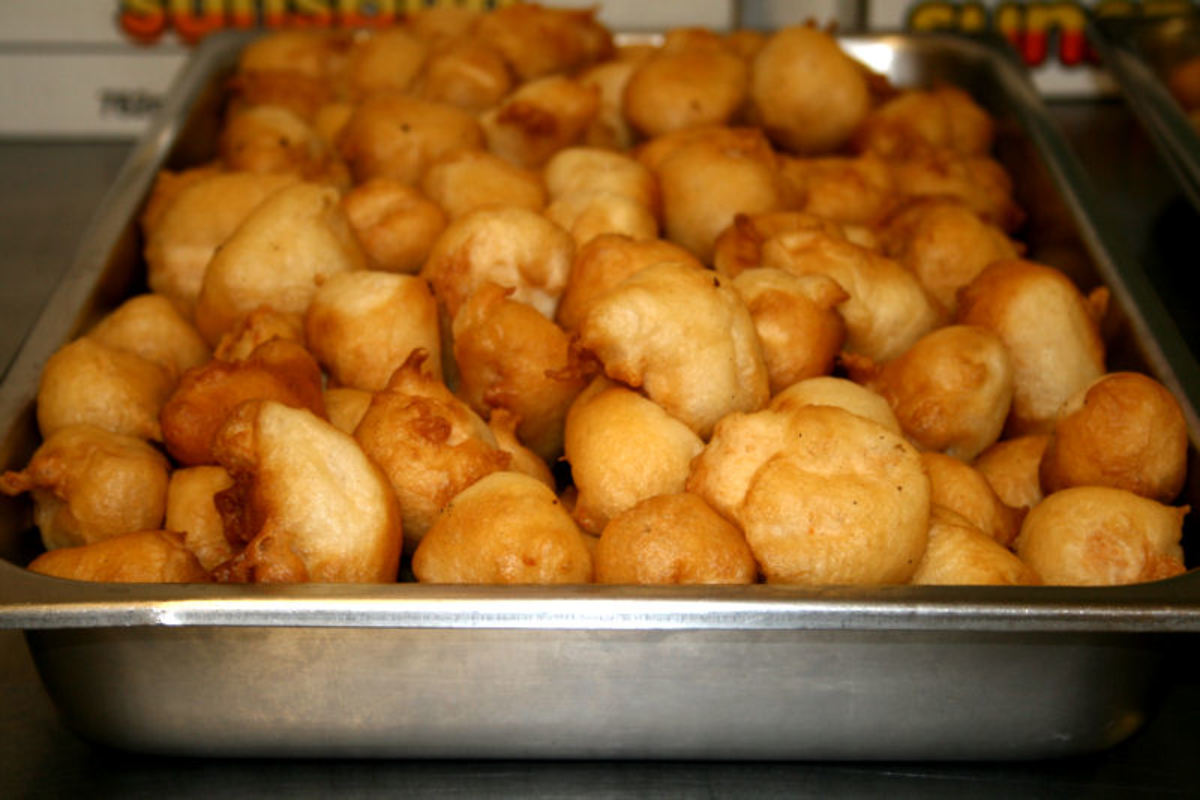- HubPages»
- Food and Cooking»
- World Cuisines»
- East Asian Cuisine
The Chinese Cuisine At Its Best!

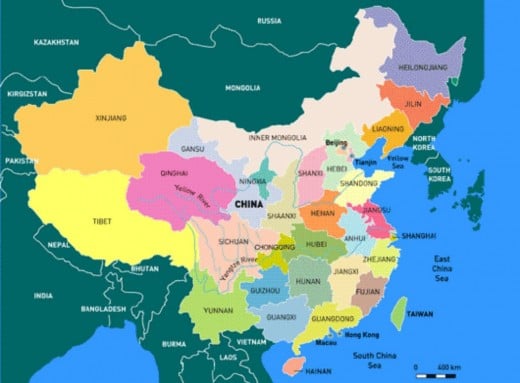
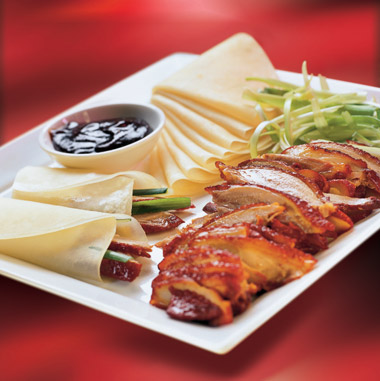
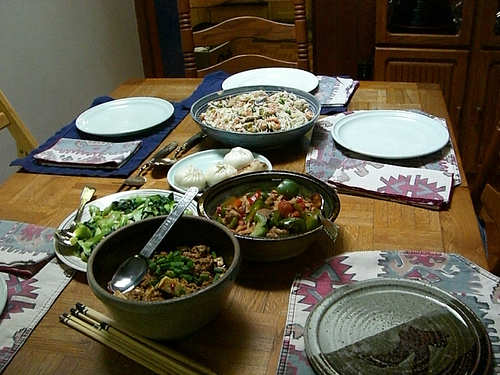
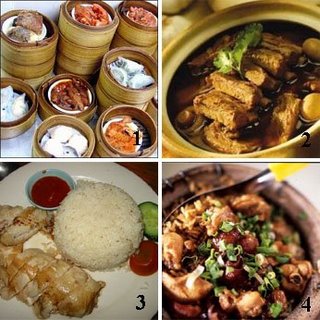

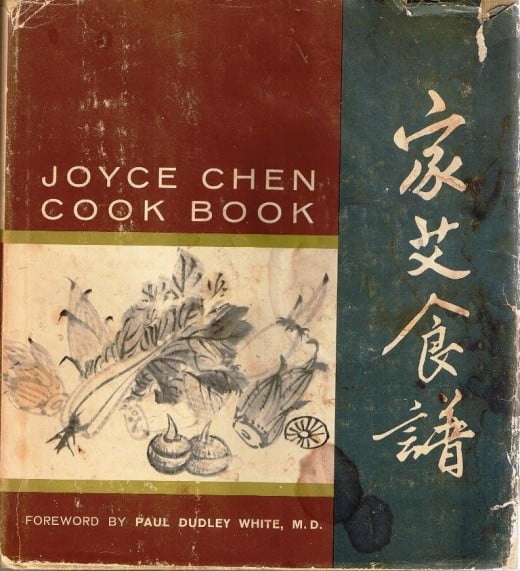
June 26 (Saturday) World Cuisines - East Asian
Even if there are controversies concerning Chinese exotic foods, my opinion has not changed that the Chinese know more about food than anyone else. Who would argue with that? If Marco Polo (Italian trader in olden times) still lives today, he will agree with me that there is no other culture in the world that puts as much time, effort, and anticipation into a meal as does the Chinese.
They are probably the first cooks, too. When the Philippines was still free from Spanish invasion before the 15th century, The Chinese boat people were already trading with the natives through the system called barter (exchanging products without monetary standard). Aside from that, anthropologists are quite certain that the first person ever to cook meat was Peking man, that was hundreds of thousands of years ago.
“Chi fan le, mei you?”
“Have you eaten yet?” Up to this day, the proper way to greeting a friend in Chinese is like this. For Filipinos, this is what we call hospitality. For the Chinese, eating with another person is a thing of great intimacy and import.
We should admit it, the Chinese had the first restaurants, the first cooks, and they were the first to understand the necessity of a balanced diet.
Even they have a communist government, most people are polite and just like Japanese and Korean, they will nod their heads as a sign of respect.
When I was in Dalian (near Beijing) Liaoning, China in January 2008 (the winter season was still felt) residents, especially local businessmen promoted their local cuisine aside from selling latest electronic gadgets available in the city. The local hotel even sent our ship’s captain and the crew with a chocolate cake mouse and a sans rival cake, thanking every ship in port for good trading atmosphere and respect to the marine environment. Dalian City is the place where you can find the Chinese Maritime Academy. From the port, you can travel 15 to 20 minutes to the downtown where posh super mart and hotels and universities are located.
I, along with other Filipino and Greek seafarers went ashore and hired a driver-tourist guide (usually from the ship’s charterer) and toured us to the beautiful city in the afternoon (after 5 pm). The general rule is that you feed the driver. We went to a fine restaurant and had a fine time, each one of us trying to talk about every topic we could brought out regarding the city (and of course night clubbing). When they have Filipino customers, they already knew what we’re going to eat. The restaurant manager will offer the menu specialty, seafood’s delight, (usually sautéed mixture of shrimps, squid rings, sea crabs with bedded vegetables ( broccoli, cauliflower, celery, carrots) in oyster sauce. There’s a fried rice in soy sauce with julienne carrots, garlic, onion and small shrimps, too. He offered us with local wine and local beer available in the resto (short for restaurant). Since we’re in group (and on a budget) we just settled for the beer (don’t mind our ‘love handles’ if you see us one day).
Chinese are very hospitable people. It reflects in their cuisine. Their usual style of cooking is to let the you choose fresh ingredients, and they assigned cook will showcase the expertise of the art of Chinese cooking infront of the eager restaurant customers.
They're the ones who introduced that stir-frying can preserved the nutrients in fresh vegetables when just do it half-cooked and crunchy.
For me, with just the Chinese sauces (osyter and soy sauces), I can make a meal out of it.
Mastering The Art of Chinese Cooking c/o ChronicleBooks
Chinese Cuisine & The Eight Great Traditions
The traditional and simplified cuisines of China originated from different regions of the nation, including Taiwan and Hongkong and become widespread in many parts of the world - from Asia, America, Africa, Europe and Australia.
From the Eight Regional Cuisines or The Eight Great Traditions, namely: 1. Anhui, 2.Cantonese, 3. Fujian, 4. Hunan, 5. Jiangsu, 6. Shandong, 7. Sichuan and 8. Zhejiang...for of them are the standout-Chinese cuisines (Cantonese, Sichuan, Shandong and Jiangsu (Huaiyang) cuisines).
The cooking methods, include a balance of stir-frying, boiling and steaming. Eastern Asian cuisines like in China (Korea and Japan) use a lot of sauces (soy sauce, oyster sauce among others) and the inclusion of ingredients like tamarind and lemon grass.
There are Chinese food names you should be familiar with or you've just ordered and eaten .
English Chinese Pinyin
- dumplings------------------------shui-jao (siopao in Tagalog)\
- sticky buns-----------------------man-tou
- steamed stuffed bun-----------bao-zi
- fried noodles--------------------chao-mian
- plain noodles--------------------yang-chun-mian
- fried rice noodles---------------chao-mi-fen
- steamed white rice-------------bai-fan
- sushi------------------------------shou-si
- vegetarian platter--------------su-shi-jin
- white radish patty--------------luobo-gao
- spicy tofu------------------------mapo-doufu
- beef & rice----------------------niuvou-fan
- egg omelet---------------------dan-bing
- chicken leg & rice-------------ji-tui-fan
- pork chop & rice---------------pai-gu-fan
- fish cooked in soy sauce-----hang-shao-yan
- fried rice with shrimp----------xia-ren-chao-fan
- crab------------------------------pang-xie
- egg & vegetable soup--------da-huatang
- seaweed soup------------------zi-cai-tang
- sweet & sour soup-------------suan-la-tang
There are also Buddhist and Muslim sub-cuisine featured within the greater Chinese cuisine emphasizing on vegetarian and halal-based diets.
You will also notice that Chinese cuisine-southern style uses fresh ingredients and lightly prepared dishes; while Chinese cuisine-northern style uses more oils and strong flavors like vinegar and garlic.
Cooking Chinese Food in Guzan, China c/o travelswithshiela
Famous Chinese Restaurants in the USA
What do you search in a foreign place, aside from the view? But, of course, the foods!!! Whether or not you like it, there's always a Chinatown in every popular city around the world. Whether you're in the east or west coast of the USA, in Europe, Africa, Australia or Asia, you'll be impressed of the homey but cozy feel of famous Chinese restaurants. So, let's check these destinations if you ever happen to visit these places.
1.Chinese Palace Restaurant - You can eat there in casual clothes. Dinner time is usually a good time if you're with your family. Tea-roasted duck and tofu dishes are very delicious, acccording to one customer. They even love the spring rolls and sesame balls (butse in Tagalog) You can choose buffet food or made-to-order food selection if you want to eat at home. Good reviews are being received by this branch in Austin, Texas. I'm sure, there is also a Chinese resto near your place. You can check it out for food enjoyment.
2. You can also choose top favorite Chinese restaurants in every state in the United States of America with the help of this site: http://top100.chinesemenu.com/us/. I'm sure you'll think of not hating Asian cuisine, like Chinese cuisine that also became synonymous to the progress of the nation.
Please do check the history of American Chinese cuisine and how it contributed to the development of fusion cuisine in the USA.
The Legendary Joyce Chen
I bought a Joan Chen's cookbook in 2002 when I happened to visit one of Walmart's branches in Texas.
The cookbook thought me a lot about the Chinese cooking in olden, dynasty times in mainland China and how it was brought successfully to satisfy American palate.
Americans are surely indebted to the brilliance both in cooking and televsion appearances promoting Chinese cuisine in American television. I'm talking about the legendary Joyce Chen. When China was ravaged by war due to communism in 1940s, Joyce and her husband migrated to the United States and settled in Cambridge, Massachusetts. From then on, the ethnicity of Chinese cuisine became world-known due to her untiring efforts to spread its popularity in the land. Although, there are many Chinese restaurant owners in North America, her name is synonymous to the authenticity of Chinese cuisine.
I don't know about you, I became an instant follower of Joyce Chen, through her daughter, Joan when I bought the cookbook.
The Chinese Wok: How To Buy and Use It
It's an essential cooking utensil in Chinese kitchen. It's wiser to buy a plain steel wok. Aluminum woks heat too evenly, so I'm urging you to buy the former.
The advantage of Chinese wok is a "hot spot"in the center of the pan where juices and liquids can evaporate.
Both the aluminum and copper woks don't have the necessary "hot spots". Meanwhile, a stainless steel wok cannot be seasoned properly, and food will always stick.
By the way, an electric wok generally heats too slowly and cooks too slowly.
How to Season the Wok
1. Cure the wok by washing it first with soap and water...then never put soap in it again.
2. Heat the wok on the burner until it is very hot; then add 2 tablespoon peanut oil to it. Swirl the oil around and let it cool slowly.
3. Remove and discard the oil, and heat the wok to smoking. Add oil and continue this routine until you have done it three times.
4. Never wash the wok with soap again. Soak the wok in water with soap, even if things stick at first.
5. Always hang your wok on its side so that it will not rust.
Philippines' Chinese Restaurants
There are more than authentic 100 Chinese restaurants in the Philippines vying for the top every year. Well. if you have enough money to be fabulous in one day, you could enjoy the variety of Chinese cuisine being offered cheaply, whether buffet or specialty in many posh restaurants in the key cities of the archipelago.
- Summer Palace- Customers said that the foods are superb, so better check it out.
- Lai Lai Restaurant - For only 200 pesos ++ (5 US dollars ++) you can already avail of the specialty in the house.
- Dynasty Chinese Restaurant - Everything is cooked in wok plus the big tables with revvolving centers.
- Fortune Hongkong Seafood Restaurant - The wonton soup is amazing and the ambience is like you're in the Los Angeles area in California, USA.
- Mah Yuen Seafood Restaurant - Situated in the center of university belt in Ermita, Manila, who could ask for more if you're a seafood gourmet.
Confession of a Chopstick Neophyte
It's not so hard as it seems. You can envy most Chinese (even Japanese and Korean people) using chopsticks. Instead of spoon and fork, they mastered the art of handling it when eating or even slurping soup. Well, fellow hubbers, let's try this set of techniques to master it.
- Place one chopstick in the crook of your thumb and index finger. The chopstick should be at the base of your thumb and your thumb should be about 1/3 the way down from the broad end of the chopstick.
- Rest the chopstick on your ring finger between ½ way and 2/3 the way down the chopstick. The first chopstick should now be very stable with one end securely between your thumb and index finger and the other end resting on your ring finger.
- Place the second chopstick in your hand the way you would hold a pen. It should rest slightly on the tip of your thumb and be held into place with support from your middle finger.
- Use your index and middle fingers to practice moving the tip of the top chopstick up and down. The bottom chopstick should remain relatively still. As you move the top one down the tip should meet up with the tip of the bottom one.
- Imagine you are pinching something. If the tips aren’t meeting up, adjust one chopstick so they do because it will be very difficult to pick anything up if the two chopsticks aren’t evenly aligned.
- Attempt to pick up some food! Start with large chunks of food like chopped up vegetables or meat. Once you get the hang of that you can try the trickier foods like rice and grains.
- Practice Practice Practice!
Top 5 Hubs featuring Chinese Cuisine
- Authentic Chinese Cuisine
The filling for Jiaozi typically consists of some form of ground meet, occasionally including small diced vegetables wrapped in a thin sheet of dough which is then pressed together by the fingers, a fork, or some other crimping tool. Jiaozi may be... - Nutritional Value in Traditional Chinese Cuisine Foo...
Traditional Chinese cuisine--when prepared in the original manner--provides quality nutrition. Consider the nutrition values of several main ingredients in this cuisine. - Chinese Food | Different styles of Chinese Cuisine
The old Chinese saying goes, "people take food as heaven." It expresses people's love of food. The pleasing colour, aroma and flavour all together make up a seductive dish. Chinese cooking has possessed a vital position in Chinese culture throughout. - Formosa Filipino Chinese Cuisine Ladson SC
A review of the Formosa Filipino Chinese Cuisine restaurant in Ladson, South Carolina. - Amy's Chinese Cuisine in Cedar Park
A fun place to stop to eat after a movie at the nearby theater or during a shopping trip. You will enjoy the umbrella decor and good food! The service is always fast.




